Related Research Articles

Photography is the art, application and practice of creating durable images by recording light or other electromagnetic radiation, either electronically by means of an image sensor, or chemically by means of a light-sensitive material such as photographic film. It is employed in many fields of science, manufacturing, and business, as well as its more direct uses for art, film and video production, recreational purposes, hobby, and mass communication.
The following list comprises significant milestones in the development of photography technology.
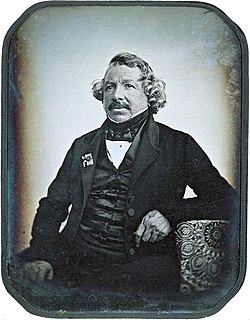
The daguerreotype process, or daguerreotypy, was the first publicly available photographic process, widely used during the 1840s and 1850s.

Film speed is the measure of a photographic film's sensitivity to light, determined by sensitometry and measured on various numerical scales, the most recent being the ISO system. A closely related ISO system is used to describe the relationship between exposure and output image lightness in digital cameras.
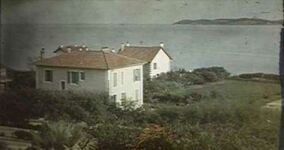
Gabriel Lippmann conceived a two-step method to record and reproduce colours, variously known as direct photochromes, interference photochromes, Lippmann photochromes, Photography in natural colours by direct exposure in the camera or the Lippmann process of colour photography. Lippmann won the Nobel Prize in Physics for this work in 1908.
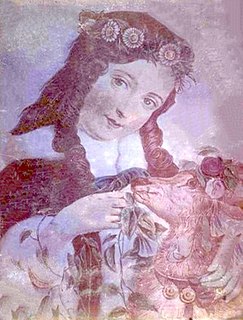
Color photography is photography that uses media capable of reproducing colors. By contrast, black-and-white (monochrome) photography records only a single channel of luminance (brightness) and uses media capable only of showing shades of gray.
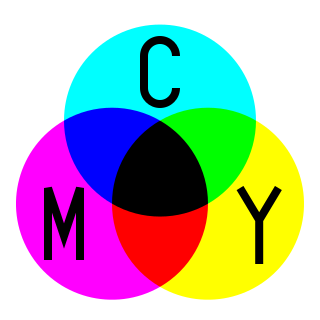
Subtractive color, or "subtractive color mixing", predicts the spectral power distribution of light after it passes through successive layers of partially absorbing media. This idealized model is the essential principle of how dyes and inks are used in color printing and photography where the perception of color is elicited after white light passes through microscopic "stacks" of partially absorbing media allowing some wavelengths of light to reach the eye and not others.

Andreas Bernhard Lyonel Feininger was an American photographer and a writer on photographic technique. He was noted for his dynamic black-and-white scenes of Manhattan and for studies of the structures of natural objects.

The Sabattier effect, also known as pseudo-solarization, is a phenomenon in photography in which the image recorded on a negative or on a photographic print is wholly or partially reversed in tone. Dark areas appear light or light areas appear dark. Solarization and pseudo-solarization are quite distinct effects. Over time, the "pseudo" has been dropped in many photographic darkroom circles and discussions, but the effect that is meant is the Sabattier effect and not the solarization by extreme overexposure.

Heliography from helios, meaning "sun", and graphein (γράφειν), "writing") is the photographic process invented by Joseph Nicéphore Niépce around 1822, which he used to make the earliest known surviving photograph from nature, View from the Window at Le Gras, and the first realisation of photoresist as means to reproduce artworks through inventions of photolithography and photogravure.

The German Bach-Gesellschaft was a society formed in 1850 for the express purpose of publishing the complete works of Johann Sebastian Bach without editorial additions. The collected works are known as the Bach-Gesellschaft-Ausgabe. On completion of the project, the Society dissolved itself.

Jonas Ferdinand Gabriel Lippmann was a Franco-Luxembourgish physicist and inventor, and Nobel laureate in physics for his method of reproducing colours photographically based on the phenomenon of interference.

The history of photography began in remote antiquity with the discovery of two critical principles: camera obscura image projection and the observation that some substances are visibly altered by exposure to light. There are no artifacts or descriptions that indicate any attempt to capture images with light sensitive materials prior to the 18th century.

A heliochrome is a color photograph, particularly one made by the early experimental processes of the middle 19th to early 20th centuries. The word was coined from the Greek roots "helios", the sun, and "chroma", color, to mean "colored by the sun". It was applied to images as technologically diverse as Levi Hill's "Hillotypes" of the 1850s, the three-color carbon prints made by Louis Ducos du Hauron in the 1870s, and the interference color photographs made by Gabriel Lippmann in the 1890s. It was also occasionally misapplied to images whose color was non-photographic, i.e., due to local coloring by handwork of some kind.

Julius Scheiner was a German astronomer, born in Cologne and educated at Bonn. He became assistant at the astrophysical observatory in Potsdam in 1887 and its observer in chief in 1898, three years after his appointment to the chair of astrophysics in the University of Berlin. Scheiner paid special attention to celestial photography and wrote Die Spektralanalyse der Gestirne (1890); Lehrbuch der Photographie der Gestirne (1897); Strahlung und Temperatur der Sonne (1899); Der Bau des Weltalls (1901); third edition (1909). In 1899 he began the publication of the Photographische Himmelskarte; Zone +31° bis +40° Deklination.
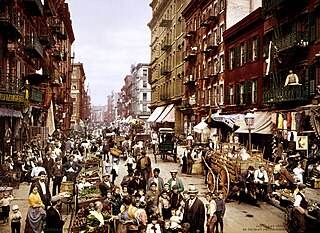
The Detroit Publishing Company was an American photographic publishing firm best known for its large assortment of photochrom color postcards.

Josef Maria Eder 16 March 1855 – 18 October 1944) was an Austrian chemist who specialized in the chemistry of photography.

Emanuel Goldberg was an Israeli physicist and inventor. He was born in Moscow and moved first to Germany and later to Israel. He described himself as “a chemist by learning, physicist by calling, and a mechanic by birth.” He contributed a wide range of theoretic and practical advances relating to light and media and was the founding head of Zeiss Ikon, the famous photographic products company in Dresden, Germany. His inventions include microdots, the Kinamo movie camera, the Contax 35 mm camera, a very early search engine, and equipment for sensitometry.
Harald Mante, German photographer, artist, and designer. Since 1960 Mante had a great influence on the German color photography. He was in second generation a Bauhaus student and transformed the ideas of the famous masters of the Bauhaus into photography. His text books on composition and color design are known worldwide.

The term solarization in photography is used to describe the effect of tone reversal observed in cases of extreme overexposure of the photographic film in the camera. Most likely, the effect was first observed in scenery photographs including the sun. The sun, instead of being the whitest spot in the image, turned black or grey. For instance, Minor White's photograph of a winter scene, The Black Sun 1955, was a result of the shutter of his camera freezing in the open position, producing severe overexposure. Ansel Adams had also earlier created a solarized sun image, titled Black Sun, Owens Valley, California, 1939, by overexposure.
References
- ↑ Webster's Revised Unabridged Dictionary (1913), edited by Noah Porter
- ↑ The Focal Encyclopedia of Photography, page 1079, Desk Edition (1969), Focal Press, ISBN 0-240-50680-4
- 1 2 Eder, J.M (1945) [1932]. History of Photography, 4th. edition[Geschichte der Photographie]. New York: Dover Publications, Inc. p. 668. ISBN 0-486-23586-6.
- ↑ Eder, J.M (1945) [1932]. History of Photography, 4th. edition[Geschichte der Photographie]. New York: Dover Publications, Inc. pp. 673–675. ISBN 0-486-23586-6.